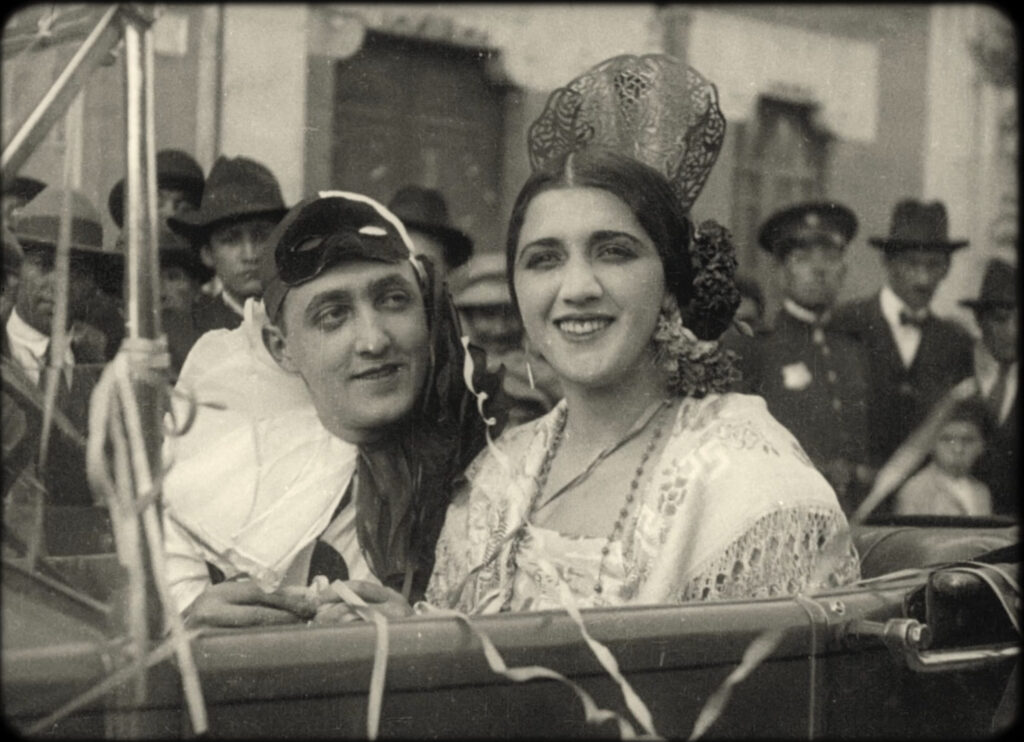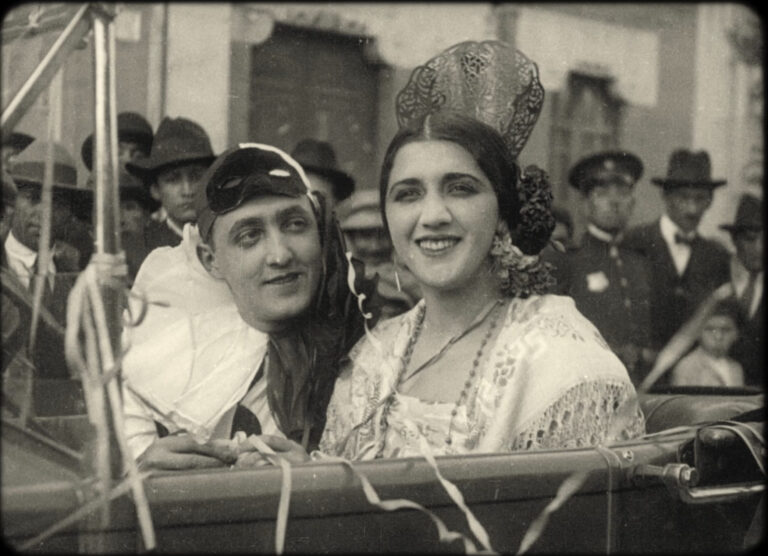Below are some questions posed to director Jerónimo Atehortúa Arteaga about his competition film Mudos testigos.
What kind of work did you and the co-director Luis Ospina do on the archival materials?
I like to think of my work with archives as speculative archaeology. Archives always imply work with the past, going back to the origins of something. A question emerges: Why revisit the past? My answer is not to establish what really happened. That is not the concern of cinema, or at least, cinema is not particularly good at that. For that matter, we have other disciplines, such as History, that can do it much better. Cinema excels at exploring what we can imagine or foresee. It allows us to wonder not just about what happened, but also about what could have happened—the “what-ifs.”
In short, my aim is to intersect archives with fiction. I must stress that fiction is not opposed to the truth; it simply employs a different strategy to approach it, compared to other discourses. Truth is deeply complex and cannot be fully captured by cold facts alone.
Even though I start from some historical facts that I don’t want to falsify, I prefer not to retell what happened afterward. Instead, I explore what else could have happened. History is not just about what really occurred; it should also include other possible paths. I find great political force in this notion. Going back to a primordial moment should not just serve to remember, but also to construct possible futures. Within any pioneering gesture, there is not only history as it unfolded but also as it never occurred. It turns out that the past images I’m working with possess plenty of poetic and political potential yet to be explored.
Especially in the last part of the film, the home movies and documentary footage become the basis on which to build the story. Would you like to tell us more about how you used them?
“Mudos Testigos” is, in its own way, a history of Colombian cinema. As it progresses, it evolves into something else entirely. The film starts as a bourgeois drama, where the characters are solely focused on their own emotions, seemingly oblivious to the broader reality hinted at through the newsreels. Then comes the shock, and reality is no longer the same. The characters must fade into the background to become mere witnesses. Emotions continue to drive their actions but become secondary to the images. Reality starts seeping through the cracks of the plot and the visuals. While the first parts of the film are based on feature films, the third act relies on non-fiction.
It’s challenging to call these films “documentaries” in the strict sense, as they are closer to propaganda. I primarily used an intriguing film called “Colombia Victoriosa,” shot by the Acevedo Brothers and commissioned by Olaya Herrera, who was the President of Colombia at the time. The Acevedo Brothers were tasked with covering the war between Colombia and Peru, which was erupting along the borders of the two countries in the Amazon. Access to this region was, and still is, difficult. By the time the Acevedo Brothers arrived, the war was over. As a result, they faked war scenes, reenacting battles and even using old British war films. The final product was a chauvinistic film aimed at promoting patriotic feelings. Yet, by accident, it also became one of the most inventive and formally rich films ever made in Colombia, despite its questionable intentions.
Would you suggest to young people and to a new audience a few titles of found footage and/or experimental films that have been pivotal for your education and training?
My brother’s work had a profound impact on me. His film, “Pirotecnia,” laid the foundation for much of what I did subsequently. I would be thrilled if people would watch his film, which explores the origins of Colombian cinema as well as our own family history.
There are many filmmakers whose works I consider to be exemplary:
I could start from the beginning with Joseph Cornell. Then there is Godard—always Godard, especially his works from the ’80s onward. I also admire Guy Maddin and, of course, Chris Marker.
The works of Joao Moreira Salles, Andrés Di Tella, Agustina Comedi, Albertina Carri, and Luis Ospina have also had a significant influence on me.
And lately, one of my favorite films has become: Stand By for Tape Back Up by Ross Sutherland. It is such a bold, sharp and beautiful film that I find myself returning to obsessively.

